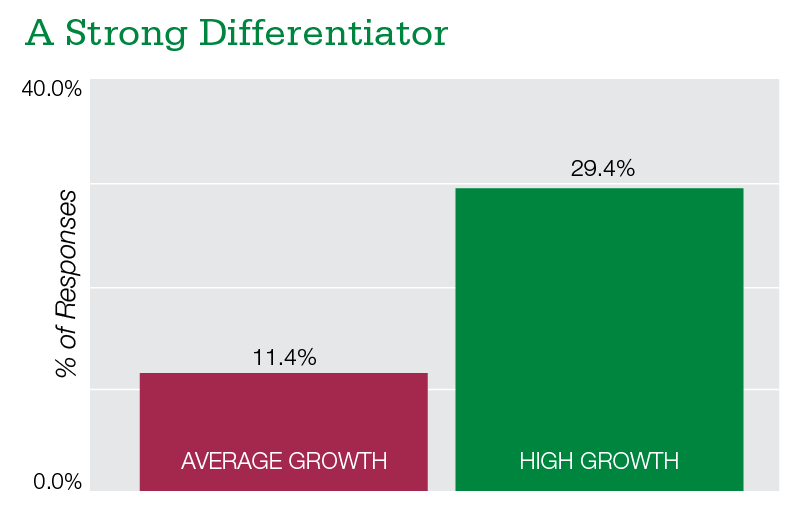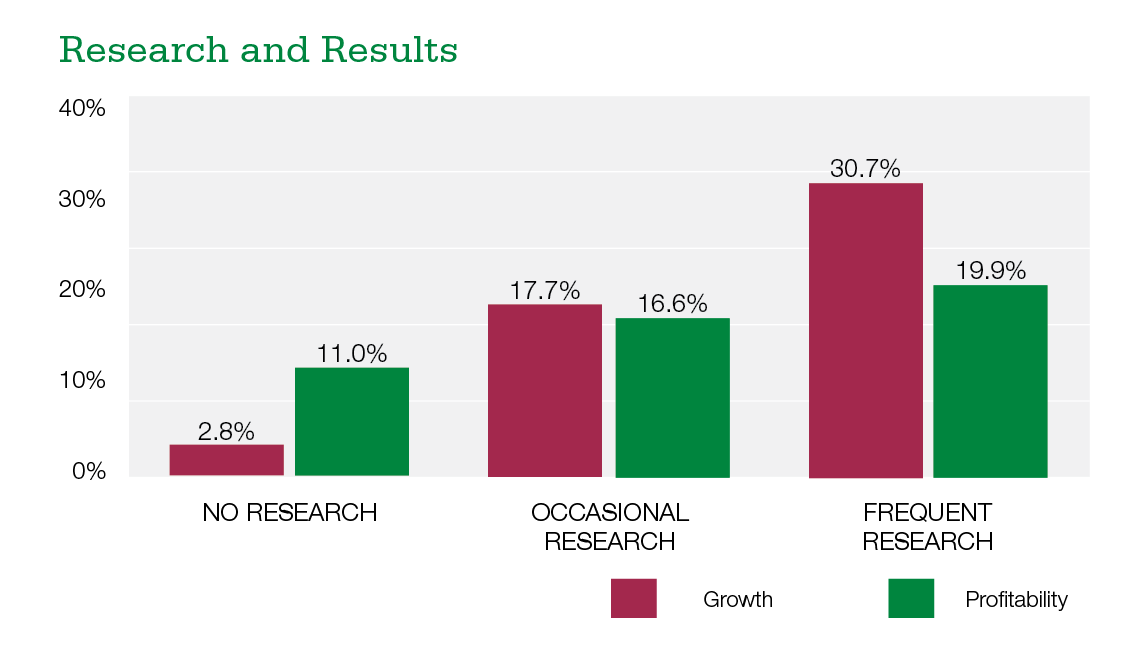In a world permeated by all things IT, technology firms have to overcome some pretty serious hurdles to stand out from the crowd. Adding some height to those hurdles is the fact that tech firms generally offer a variety of services to several different verticals. The temptation to be all things to all firms is a familiar one.
Compounding the problem, many folks rarely understand what technology firms actually do. In an attempt to be accessible to potential clients, many firms attach meaningless labels to themselves like “IT provider” or “custom app developer.” These aren't descriptions – these are springboards to a dozen questions, most of which your potential customers aren't going to volunteer the time to ask.
The problem with using these generic terms is that everyone uses them. And if you describe yourself using the same vocabulary that your competitors use to describe themselves, then you've got a weak brand. And, we hate to break it to you, but a weak brand means slower growth and smaller profits. On the other hand, high growth firms are 3X more likely to have a strong, easy-to-understand differentiator (see below).
Figure 1. A Strong Differentiator

What’s Your Differentiator?
A differentiator is what sets you apart. Key to building a brand is having a clear understanding of who you are in relation to your customers and your competition.
About now you’re asking yourself if you’ve got a true differentiator. Here’s a good test: Think of some way you believe your firm sets itself apart from others in your industry. Now, ask yourself if a competitor could ever say the opposite. If not, it’s likely you’re not that different. And, while your employees are amazing, you’re not allowed to argue that your people and the great customer service they provide is what sets you apart from your competitors. Why not? Because your competitors are making the exact same argument.
Differentiation How?
1. Start with your strengths.
Ask yourself: in what industry verticals are you performing best? What kinds of services are you good at providing? Ponder your favorite company success stories. And consider where you’ve fallen short. Like most tech firms, you’ve had to strike wherever opportunity reared its fickle head, forcing you to develop lots of service combinations across multiple industries. There’s likely a lot to consider. Possibly too much.
If you’re having trouble narrowing down or focusing in on answers to the above questions, it’s time for research. Collect the thoughts of clients, prospects, partners—people you’ve done business with and those whose business you’re pursuing. It’s likely you’ll learn a great deal about yourself, and about what makes you different.
2. Ask yourself: what services are you best prepared to offer today.
The answers to this question might be obvious. Your deep experiences in a particular field, or impeccable staffing in a given industry might point you in very obvious directions. Your research will be helpful help here, too—could be there’s a specific service you’ve recently delivered that offers more value or greater benefit to your clients than your competitors can offer.
3. Research the best possibilities.
Here’s where building a brand really starts to happen. Few firms research properly or thoroughly enough. Do some structured primary research on potential clients. Develop a deep understanding of their needs in relation to what you can offer. This, above all else, helps define and—dare we say it—brand your firm.
This research will not only reveal immediate opportunities (low hanging fruit, ripe for the plucking), but also suggest future opportunities (to stick with the metaphor, show you where to sow the seeds for future fruit).
But research can be a fairly hefty investment, you say? Observe:
Figure 2. Research and Results.

As you can see, research pays off. Firms doing even occasional research (less than once per quarter) experience growth 6X greater than firms that do none—not to mention 50% more profitability. And frequent research (at least once per quarter) yields even greater results.
4. Avoid the “Me Too” Mistake
Don’t become just another face in the crowd. Sure, every other government contractor has a flag and capital dome in their logo. But that’s no reason for you to do the same. Quite the opposite. You do a disservice to your brand by camouflaging it in the colors of your competition. This is the visual equivalent of those generics labels we mentioned above, like “IT provider.” Stand out. Be memorable—in your services, delivery, and image.
Remember, your brand is not: your name, your logo, your website, or your advertising. It’s not even your mission statement. These are simply reminders or signposts that point to your brand. Building a brand is a process of narrowing your focus and building a reputation for serving your clients well—and of making that reputation visible. It’s finding out what makes you different and standing out because of it. Find your differentiator and you’re on your way to successfully building a brand and, in doing so, attracting the clients you’re best equipped to serve.
For more information on building a strong brand, check out our Brand Building Guide for Professional Services.
On Twitter or LinkedIn? Follow us @hingemarketing and join us on LinkedIn.


